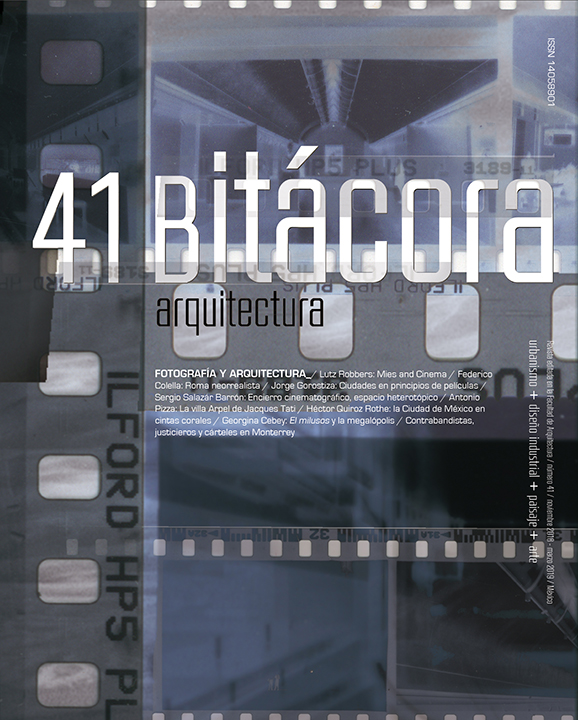The alliance between architecture and photography has been crucial to the development of modern architecture. Fundamental to its formulation and later international diffusion and popularization, this connection has continued up until the present day: architecture cannot be analyzed, taught, assessed or even simply discussed without using photographic images. A large part of any individual’s architectural knowledge is composed exclusively of instants that have been captured and then reproduced; the world in which we live is one centered on sight and one that is oversaturated with images, it instantly exposes all of its nooks and crannies to the light, allowing us to make private spaces and the most isolated areas public.
One of the first lessons taught to all students of architectonic photography is that images should be manipulated in order to correct the vertical lines of tall buildings (which naturally tend towards a curve in the center of the frame), as well as the horizontal lines of low-set buildings (which likewise tend to curve towards upwards) in order to get pristine images of a type of representation that is pictorially traditional, utilizing a Renaissance perspective that is as perfect as it is unreal. Although we are aware of the existence of distortions, or we can imagine their presence, and we understand the independence and autonomy of photography with regard to the object depicted, in reality we unconsciously consume countless images simultaneously, constantly acting as if they were an objective representation of reality.
It must be said that photographers are much more interested in producing a good photograph than in showing architecture as it is. This might bother architects, but accepting this fact opens up new possibilities in terms of the relationship between architecture and photography that go behind traditional techniques of representation. Is a good architectural photograph that which heroically emphasizes the architecture, or that which reveals new ways of seeing those effects of the architecture that we don’t consciously register? Perhaps a good architectonic photograph would be that in which the photographer interprets the spatial, material and cultural qualities of a building from new perspectives, through the distortions and alterations naturally created by the camera lens, and not that which – naively and irresponsibly – seeks to be a faithful copy of architectonic reality, which has, in fact, never been possible.
DOI: https://doi.org/10.22201/fa.14058901p.2019.41
Published: 2019-09-13

